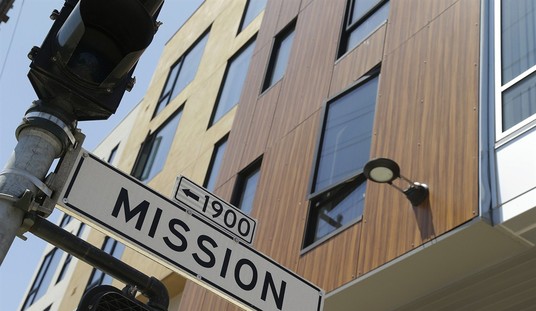Recrafting the executive order that invoked a pause on admissions from seven high-risk countries will take a little more time than first predicted, The Hill reported last night. The White House signaled that the new EO will not get signed until next week, leaving the current limbo in place for a little longer. Stephen Miller said it will still “basically” look the same as the original EO:
“Fundamentally you’re going to have the same basic policy outcome for the country,” White House policy adviser Stephen Miller said on Fox News on Tuesday night.
He said the new order will largely resemble the old one, but that the changes will be “mostly minor technical differences.”
Miller later Wednesday stressed the revisions, though minor, will help the policy pass legal muster. He did not provide further details about what the changes will entail, but said they would result in “a new and different executive order.”
“The executive order will be fully responsive to the courts – though any changes are of course very technical and legal in nature, the significance of the changes will be quite substantial,” he said in an email to The Hill.
Fox News, however, says that some changes may be a little more significant. The indeterminate length of the pause for Syrian refugees will change, for instance:
President Donald Trump’s revised immigration executive order will drop language indefinitely suspending acceptance of Syrian refugees by U.S. authorities, a senior administration official told Fox News Wednesday.
The new order, which Trump is expected to sign next week, will also add language exempting legal permanent residents, or green-card holders, from a travel ban in a move the administration hopes will remove any reasonable grounds for a legal challenge. …
The official told Fox News that it is likely that certain classes of visa holders currently in the U.S. or who have been in the U.S. but are currently abroad will be exempted as well. This could include certain student or other education-related visas as well as work permits.
The rest of the order will remain the same, apparently, including the new cap on refugee admissions to 50,000. That had been the level of admissions prior to 2014, when Barack Obama began raising the number, prompting concerns over the vetting process. Last year the level was 100,000, and Fox reports that the White House estimates that 35,000 have already entered in 2017 — which seems like a very high number for a two-month period interrupted briefly by the first EO. If that’s accurate, only 15,000 slots would remain available for the rest of the year even after the new travel pause expires and the new vetting process is put in place.
Will these changes help keep the EO out of the courts? Perhaps; the problem with the first EO was the confusion over the breadth of its application, especially to those who had legal resident status in the US. Another issue was the lack of preparation by the administration for legal challenges. Rather than wait until it had a legal team in place, the White House and DHS rolled it out immediately and then seemed unready to defend it in court. That won’t be a problem this time; Jeff Sessions is now in place as Attorney General and can direct the legal defense of the EO. (It might help to have a Solicitor General in place, however.) The delays in issuing the new order indicate more care on the front end about the potential legal challenges to the policy, and presumably also more preparation for the agencies to make sure it gets enforced in an orderly and consistent manner. That will matter in court, too.
Still, don’t get surprised if a federal judge in some jurisdiction slaps a temporary restraining order on the next version, too. The fight will be in the appellate court and almost certainly at the Supreme Court. The new EO is about fighting on better ground in those venues, not about avoiding the fight altogether.








Join the conversation as a VIP Member